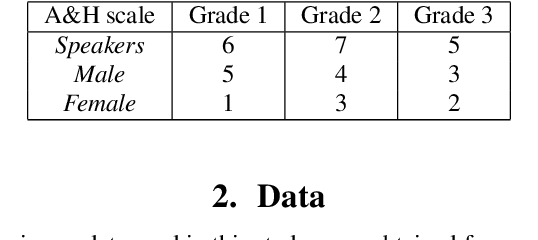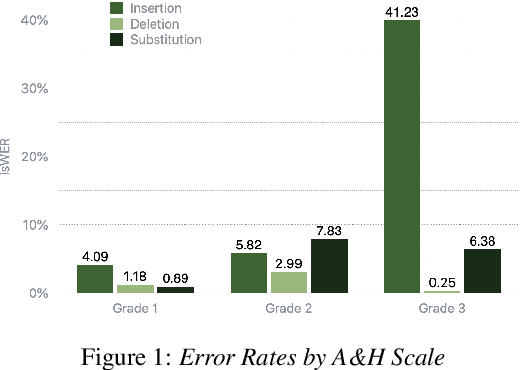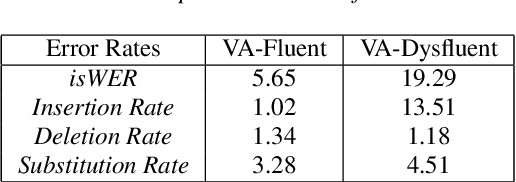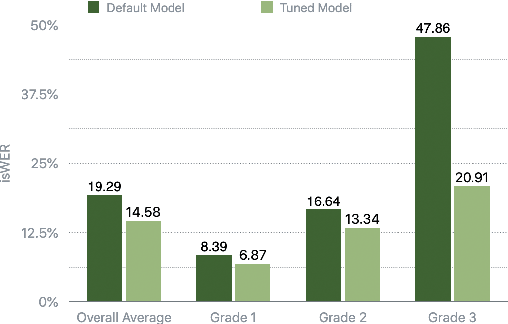Sarah Wu
MARPLE: A Benchmark for Long-Horizon Inference
Oct 02, 2024Abstract:Reconstructing past events requires reasoning across long time horizons. To figure out what happened, we need to use our prior knowledge about the world and human behavior and draw inferences from various sources of evidence including visual, language, and auditory cues. We introduce MARPLE, a benchmark for evaluating long-horizon inference capabilities using multi-modal evidence. Our benchmark features agents interacting with simulated households, supporting vision, language, and auditory stimuli, as well as procedurally generated environments and agent behaviors. Inspired by classic ``whodunit'' stories, we ask AI models and human participants to infer which agent caused a change in the environment based on a step-by-step replay of what actually happened. The goal is to correctly identify the culprit as early as possible. Our findings show that human participants outperform both traditional Monte Carlo simulation methods and an LLM baseline (GPT-4) on this task. Compared to humans, traditional inference models are less robust and performant, while GPT-4 has difficulty comprehending environmental changes. We analyze what factors influence inference performance and ablate different modes of evidence, finding that all modes are valuable for performance. Overall, our experiments demonstrate that the long-horizon, multimodal inference tasks in our benchmark present a challenge to current models.
Analysis and Tuning of a Voice Assistant System for Dysfluent Speech
Jun 18, 2021



Abstract:Dysfluencies and variations in speech pronunciation can severely degrade speech recognition performance, and for many individuals with moderate-to-severe speech disorders, voice operated systems do not work. Current speech recognition systems are trained primarily with data from fluent speakers and as a consequence do not generalize well to speech with dysfluencies such as sound or word repetitions, sound prolongations, or audible blocks. The focus of this work is on quantitative analysis of a consumer speech recognition system on individuals who stutter and production-oriented approaches for improving performance for common voice assistant tasks (i.e., "what is the weather?"). At baseline, this system introduces a significant number of insertion and substitution errors resulting in intended speech Word Error Rates (isWER) that are 13.64\% worse (absolute) for individuals with fluency disorders. We show that by simply tuning the decoding parameters in an existing hybrid speech recognition system one can improve isWER by 24\% (relative) for individuals with fluency disorders. Tuning these parameters translates to 3.6\% better domain recognition and 1.7\% better intent recognition relative to the default setup for the 18 study participants across all stuttering severities.
 Add to Chrome
Add to Chrome Add to Firefox
Add to Firefox Add to Edge
Add to Edge